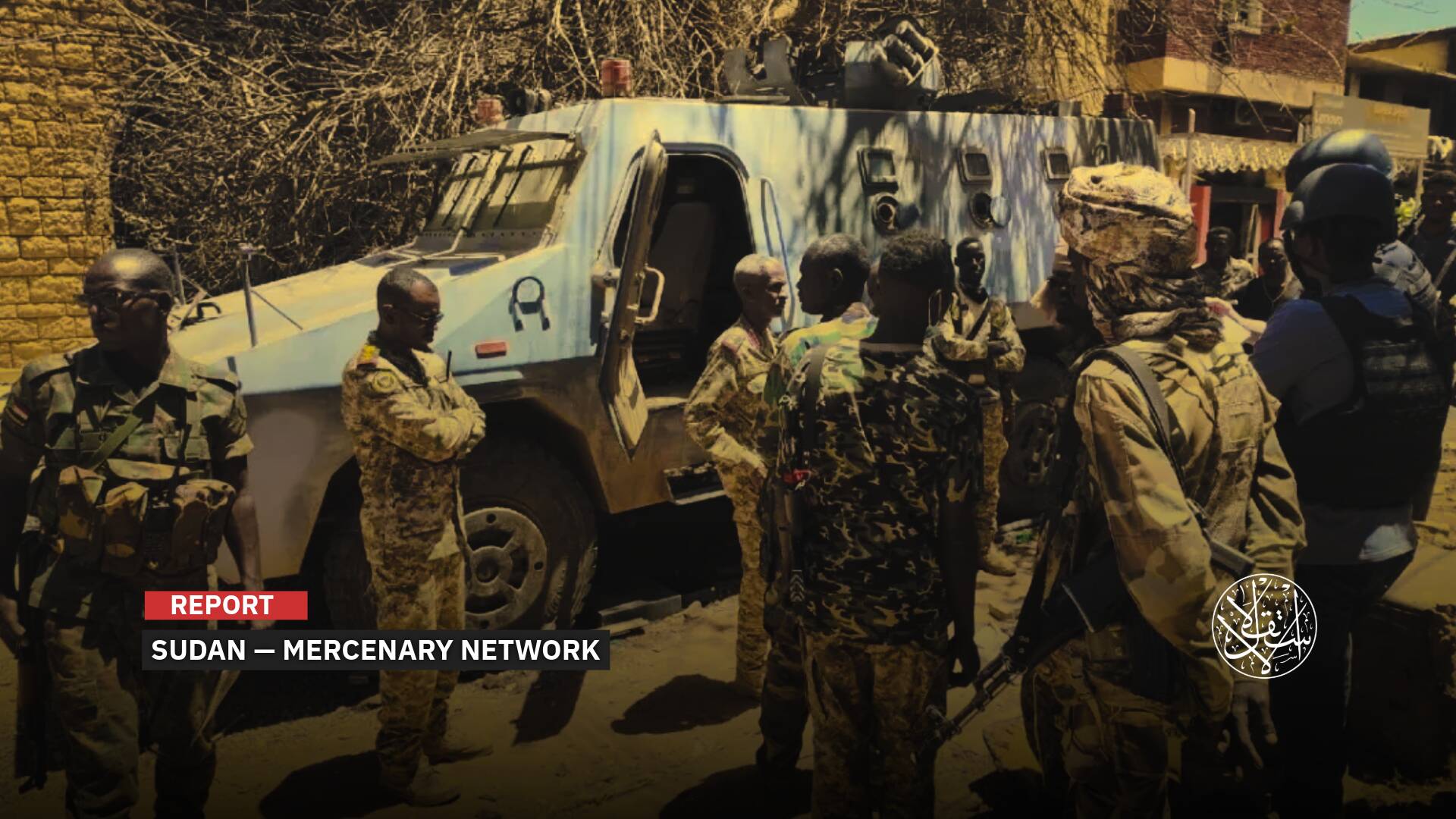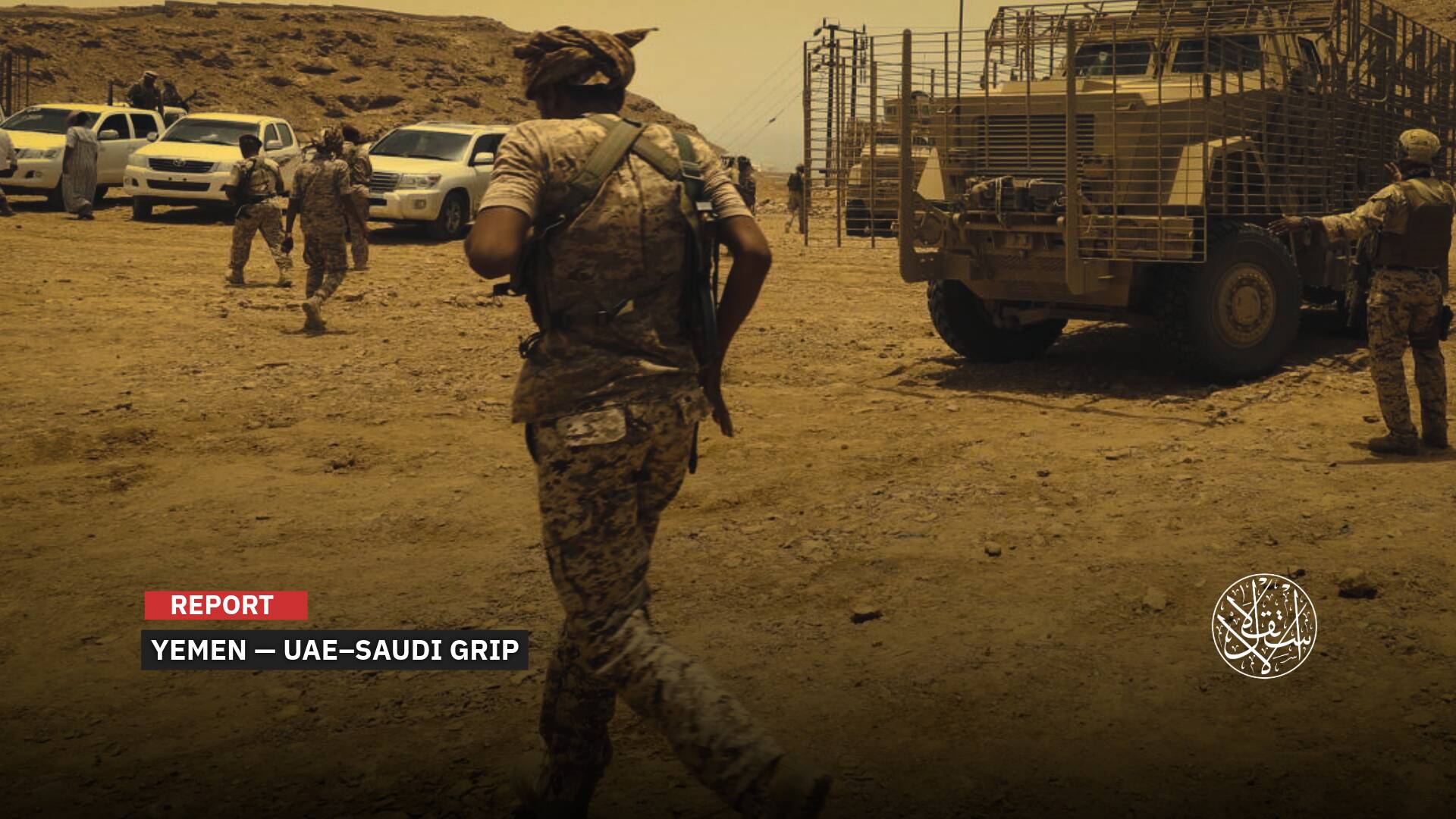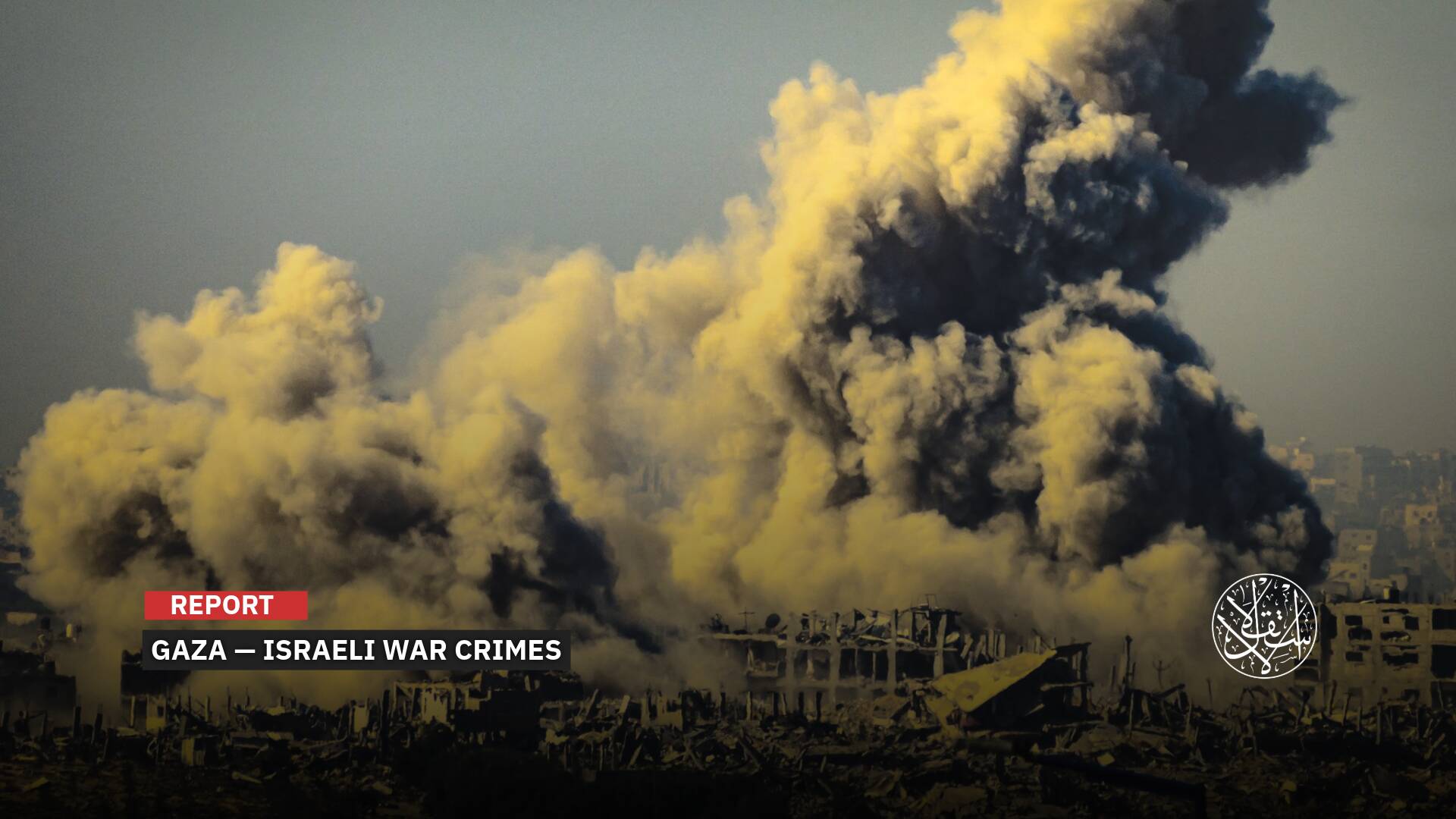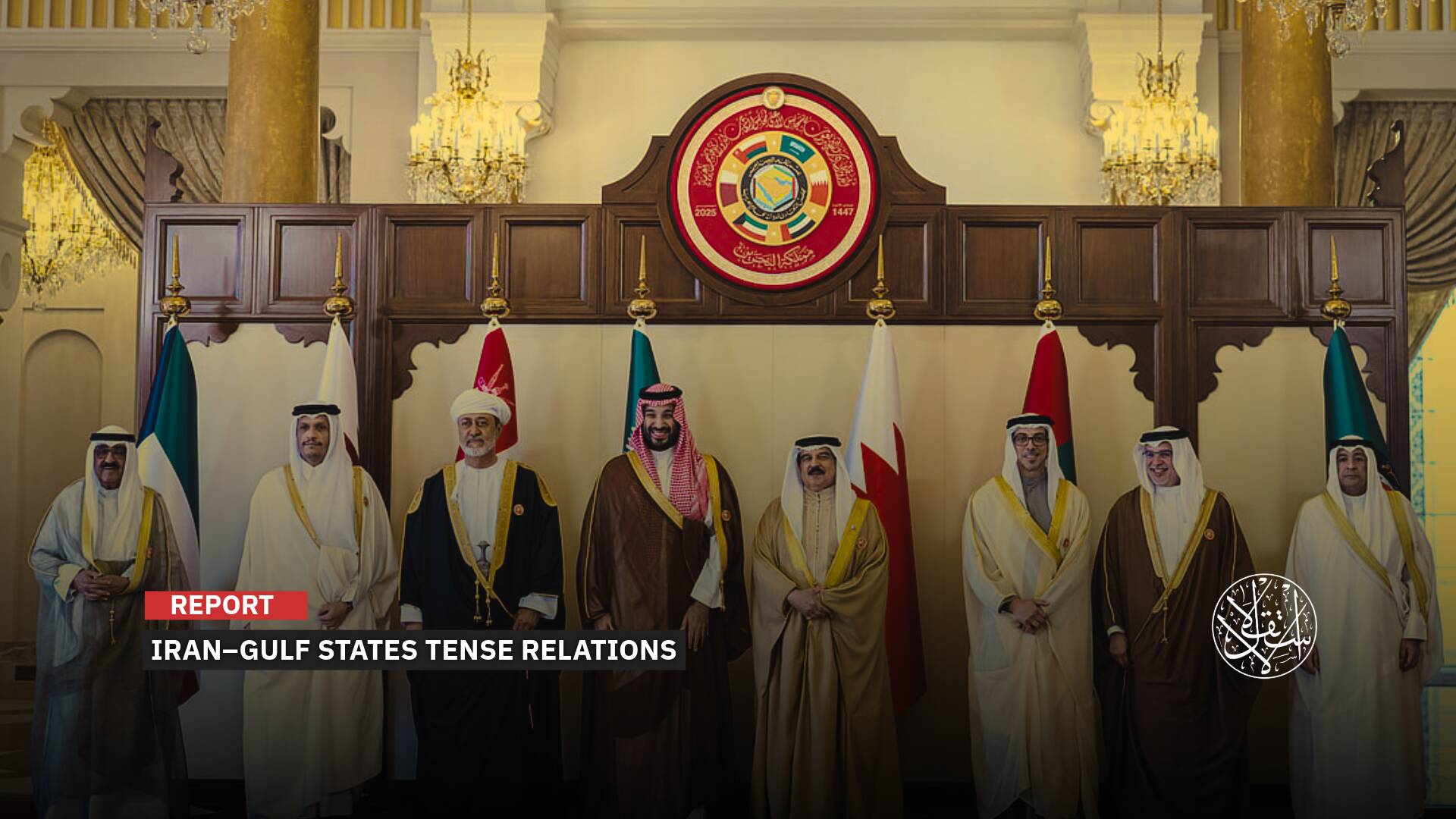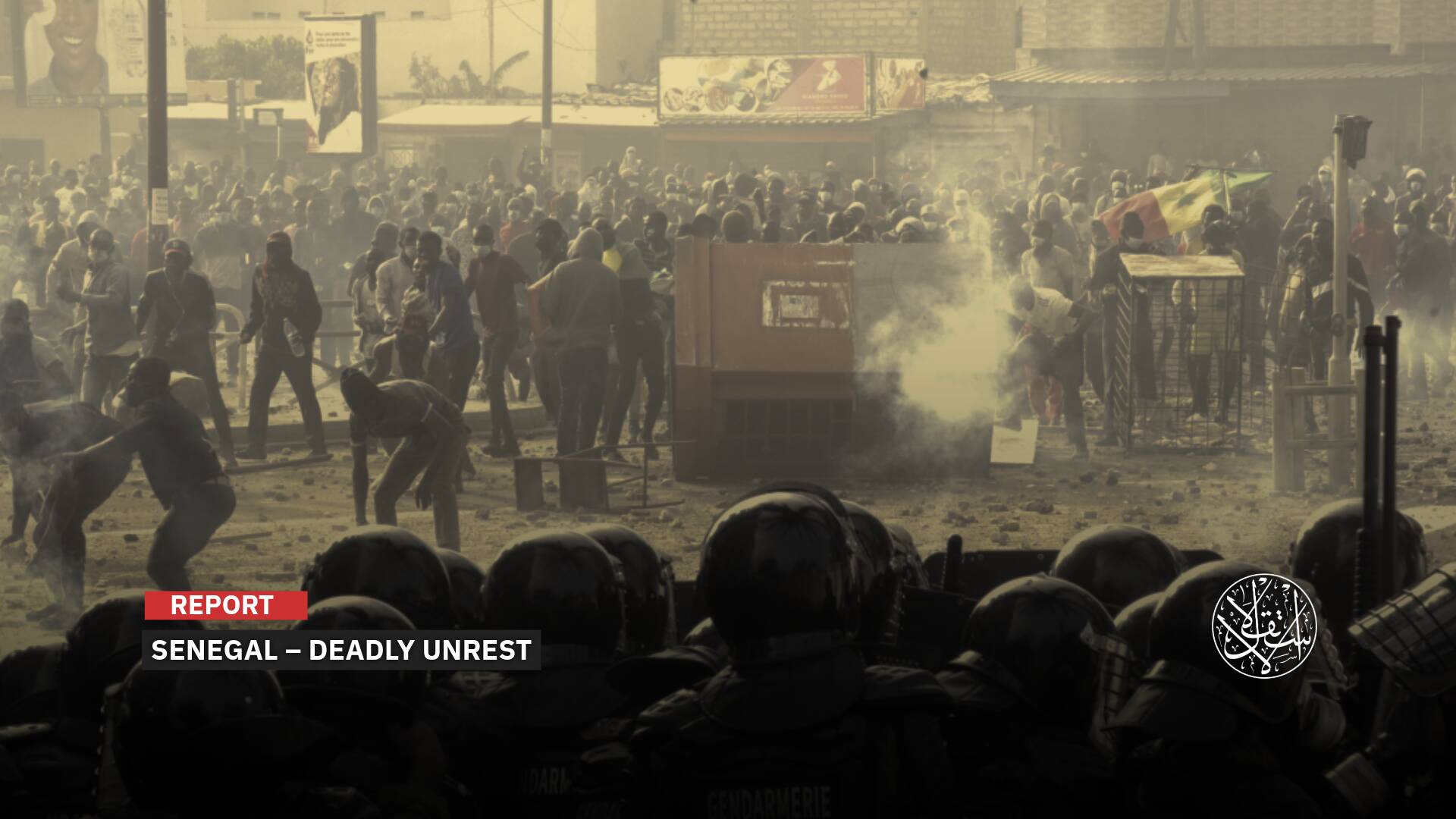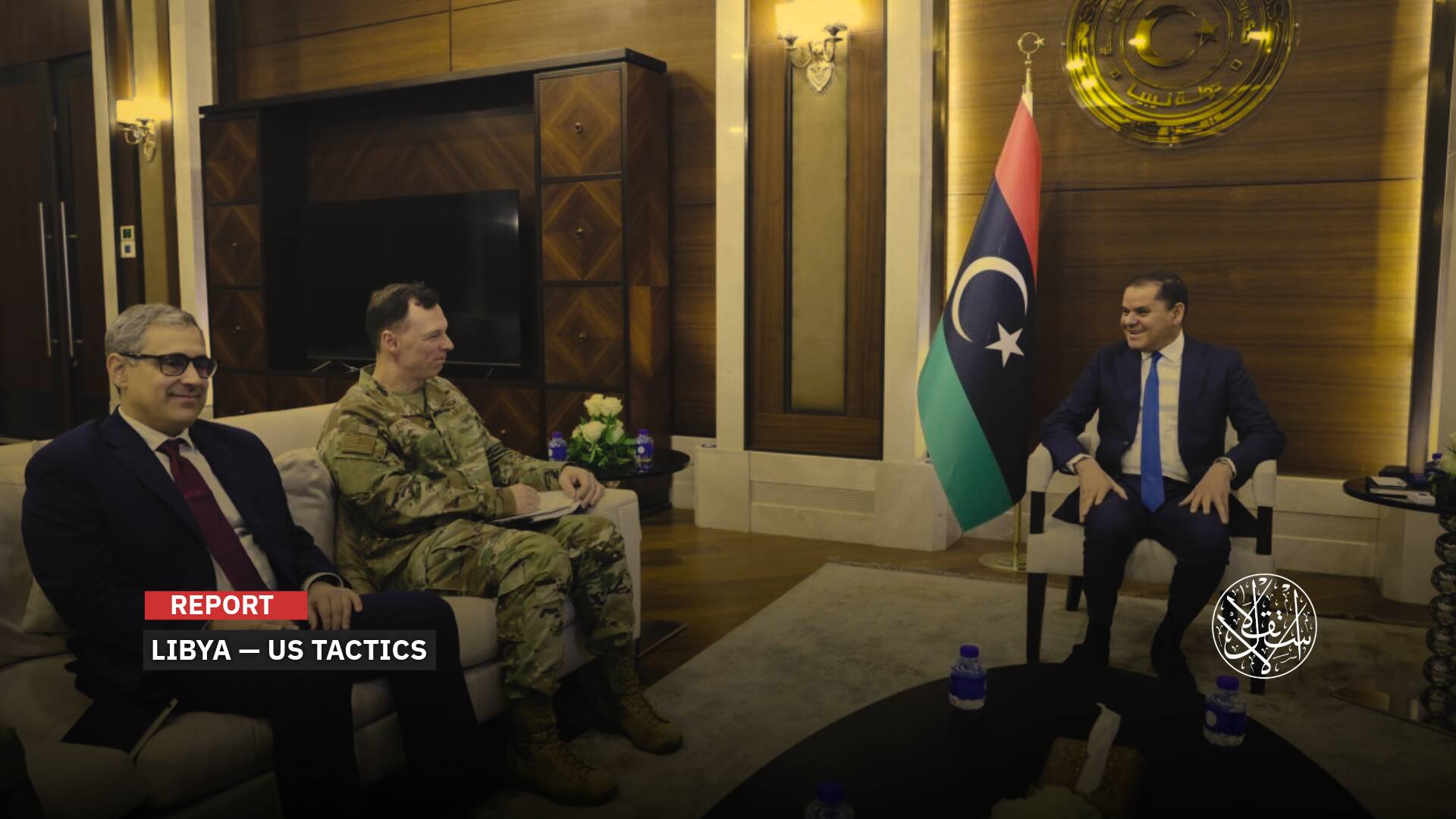Gaza’s Christians Face Extinction Amid Israeli Strikes and Global Indifference

Christians in Gaza limited their celebrations to prayers and religious rituals.
“If Israel destroys your mosques, raise the call to prayer from our churches.” These powerful words, spoken by Father Emmanuel Musallam, former pastor of the Christian church in Gaza, echo with each Israeli assault on the Strip, reaffirming the deep solidarity between Muslims and Christians.
Musallam first voiced this phrase during the Israeli offensive on Gaza in 2014 and has repeated it during every escalation since, including today, as Israeli Occupation forces carry out crimes of mass extermination.
However, the slogan that once embodied a shared national stance can no longer be applied in the current assault, as Israeli airstrikes have targeted several churches along with most of the mosques.

Tragic Conditions
For the second year in a row, Christians in Gaza marked Easter under the ongoing Israeli genocide on the Strip that began on October 7, 2023, with the usual festive spirit absent.
Celebrations, attended by dozens at the Church of Saint Porphyrius of the Greek Orthodox in Gaza’s Old City, were limited to prayers and religious rituals, with no signs of joy, cheer, or traditional decorations due to the war.
Through its Facebook page, the church, which itself has not been spared from Israeli airstrikes, broadcast a live video of the prayers, showing attendees whose faces bore the deep sorrow of what is meant to be the holiest celebration for Christians around the world.
Easter this year fell between April 18 and 20, 2025, as Christians observed Good Friday, Holy Saturday, and Easter Sunday amid an atmosphere of war, destruction, and death.
This year, the timing of Easter celebrations for churches following the Western and Eastern calendars coincided.
Places of worship for both Muslims and Christians, as well as religious institutions and church-run schools, were not spared from Israeli bombardment.
The current assault marked a turning point in the nature of the targeting, as churches were no longer shielded from attacks, stripping Father Emmanuel Musallam’s symbolic phrase of its traditional meaning and reflecting the wide-scale devastation the war has inflicted on Gaza’s religious and social fabric.
Gaza is home to only three churches: Saint Porphyrius, the Holy Family (Latin Monastery), and the Baptist Church, all of which have suffered severe damage under Israeli Occupation’s strikes, according to Gaza’s Government Media Office.
Israeli Occupation forces targeted the Orthodox Cultural Center in the southern Rimal neighborhood, west of Gaza City.
Saint Porphyrius is the oldest church in Gaza and the third oldest in the world, dating back to the fifth century AD.
Located in the Zeitoun neighborhood in eastern Gaza City, the church is named after Saint Porphyrius, whose tomb lies within its grounds.
It was directly targeted multiple times; first on October 10, 2023, causing extensive destruction, and again on October 19, leading to the complete collapse of the church's annex building and the death of 20 people, along with injuries to others inside.
The Holy Family Church, the only Catholic church in Gaza City, served as a refuge for both Christians and Muslims during the extermination campaign, but it was also struck by Israeli Occupation forces, suffering heavy damage.
The Baptist Church, affiliated with the Anglican Episcopal Church in Occupied Jerusalem, was established in 1882 by an English missionary delegation.
During the war, the Baptist Church became tragically associated with a horrific massacre: on October 17, 2023, Israeli forces bombed the courtyard of the Baptist hospital, part of the church, killing around 500 Palestinians, including patients and displaced people sheltering there.

Heartbreaking Stories
Christian families in Gaza today are enduring exceptional hardship, not unlike their Muslim neighbors, as they face relentless bombardment, death, and destruction.
According to data from Christian institutions in Gaza before the war began, the Christian population in the Strip was already very small, numbering around 1,100 people.
Their numbers have declined further in recent years due to emigration from Gaza. Most of them (about 70 percent) belong to the Greek Orthodox Church, while the rest are affiliated with the Latin Catholic Church.
Ramez al-Souri is one of the Christians whose story reflects the deep tragedies that unfolded in the first month of the Israeli assault on Gaza.
Believing that the Greek Orthodox Church in Gaza would offer safety, al-Souri sought refuge there, only to lose three of his children out of a family of 12 when the church was bombed in October 2023.
“I pulled three of my children out from under the rubble after the church was bombed. I thought they were in a safe place, but Israel is a state of brutality, killing and bombing everywhere,” he told the media at the time.
“We took refuge in Saint Porphyrius Church, believing that places of worship would be safe havens. But the Israeli army bombed the building that was sheltering 97 innocent civilians. Within moments, it was reduced to rubble, leaving a crater three meters deep.”
In mid-December 2023, Israeli snipers also killed Nahida Khalil Anton and her daughter Samar near the Holy Family Church.
In April 2024, a 19-year-old woman sheltering with her mother at the parish died from heatstroke while trying to flee the Gaza Strip. Her father had previously died inside the Holy Family Parish compound.
In July, an Israeli airstrike targeted the Holy Family School, affiliated with the Latin Patriarchate in Gaza City, killing four people.
The exact number of Christian casualties during the Israeli assault on the Strip remains unclear. However, Palestinian State Minister for Foreign Affairs and Expatriates,Arsen Aghabekian Shahin, stated in May 2024 that “Israel” had killed 3 percent of Gaza’s Christian population since the war began.
During a meeting in Ramallah with a delegation from Churches for Middle East Peace (CMEP), Shahin said, “Since the start of the war, the Israeli Occupation has killed 3 percent of Christians in Gaza, demolished churches, and continues to tighten restrictions on them in the West Bank.”
Shahin did not provide an exact figure for the Christian deaths, and no official updates have been released since.
As Easter celebrations took place, Palestinian pastor Munther Isaac, of the Evangelical Lutheran Church in Bethlehem and Bayt Sahur, expressed fears that Gaza’s Christian community could face extinction due to Israeli Occupation’s ongoing campaign of extermination, as per Anadolu Agency.

Lack of Solidarity
Palestinian resident Khader al-Nassar spoke about this year’s celebrations and the solidarity with the Christian community in a recorded message on April 20, saying, “In Gaza, we're only holding prayers; there are no festive rituals or signs of joy, given the city's sorrowful conditions.”
“We went through extremely difficult times, just like any other resident of Gaza. We were displaced after our homes were destroyed and forced to take refuge in Saint Porphyrius Church and the Holy Family Church, living in rows and small rooms.”
“Saint Porphyrius Church was bombed, and the Holy Family Church was besieged for more than 10 days. There were threats to storm it, but we stood our ground and refused,” he added.
“Today, we pray for peace to prevail over Gaza and the entire world. Our celebrations are limited to prayers, without any feelings or rituals of joy,” said Montaser Tarazi, another resident.
Christians in Gaza feel forgotten, enduring long-standing suffering under Israeli occupation, siege, bombing, and even being denied the ability to travel within Palestinian territories during their religious holidays and special occasions.
Despite the emigration of many in recent years, the remaining Christians in Gaza insist on staying. They continue to affirm their right to return to their lands occupied in 1948 and 1967.
This sentiment persists despite their repeated grievances about the neglect and marginalization they face from global church institutions and their peers in the Middle East, a suffering that worsened after the latest Israeli war on the Strip.
Christians in Gaza were deeply affected by the passing of Pope Francis, whose ongoing calls and support had been a beacon of hope amidst the horrors of war.
In his final words, just two weeks before his death, Pope Francis told George Anton, spokesperson for the Church of the Holy Family in Gaza, that he was praying for them and said he needed their prayers.
“He told us not to worry as he would always be there for us,” says Anton. “He was with us until his last breath.”
The Pope’s death on April 21, 2025, left a profound impact on Gaza’s Christians. He had been calling the Holy Family Church in Gaza every day at around 8 PM, as reported by Father Gabriel Romanelli, the Catholic parish priest in the sector.
Father Romanelli told CNN that the Pope’s calls typically lasted about 15 minutes, during which he would speak with church leaders and some of the Palestinians who had sought refuge in the church.
From the start, Pope Francis had repeatedly called for an end to the Israeli war and was a vocal critic of the Israeli Occupation siege on Gaza.
In his Easter message, delivered a day before his death, he wished that “the light of peace may shine throughout the Holy Land and the entire world.”
“I think of the people of Gaza and its Christian community in particular, where the terrible conflict continues to cause death and destruction and to create a dramatic and deplorable humanitarian situation.”
“I appeal to the warring parties: Call on a ceasefire, release the hostages and come to the aid of starving people that aspires to a future of peace!” Pope Francis said in his final address.
Sources
- Gaza's Catholics mourn Pope Francis. 'He used to call us at 7 p.m. every night'
- The pope called them every night until his final hours. Now, Gaza’s Christians cling to the hope he left behind
- Christian Palestinians mourn Pope Francis, an outspoken voice for peace in Gaza
- Gaza father grieves for children killed in Israeli airstrike on church building
- “If Israel destroys your mosques, raise the call to prayer from our churches.” [Arabic]
- "I thought it was a safe place." A Palestinian man lost 3 children in an Israeli bombing of a Gaza church [Arabic]
- Palestinian priest warns of the extinction of Christians in Gaza and forced migration in the West Bank (interview) [Arabic]



